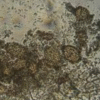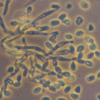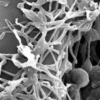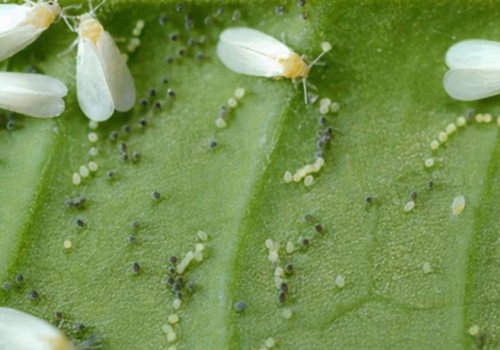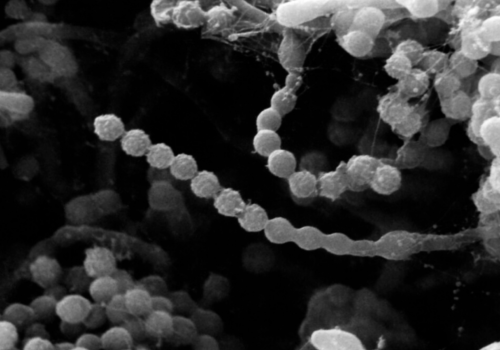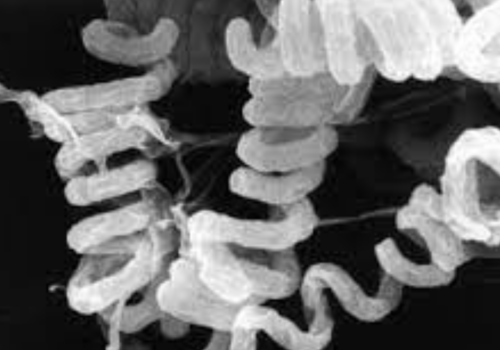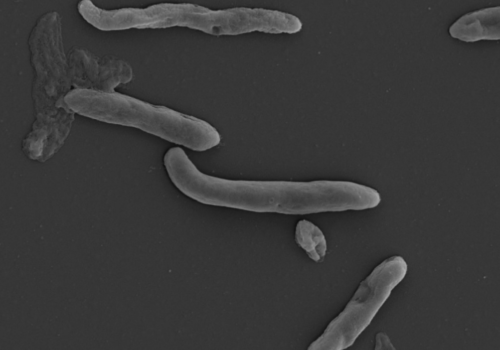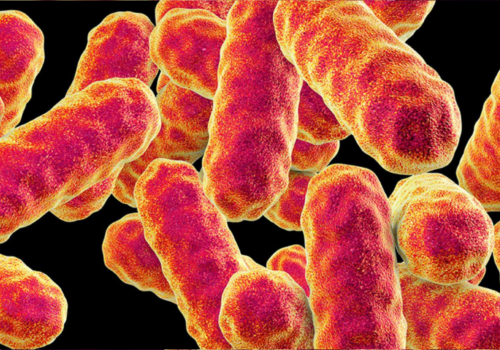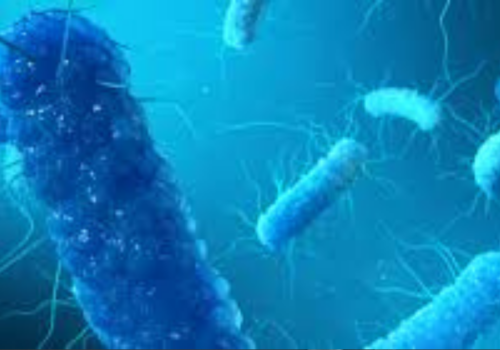Overview of the Microbe Verticillium lecanii (Zimmermann) Viegas is an entomopathogenic fungus historically known for causing “white muscardine” disease in insects. It is now classified...
Overview of the Microbe Paecilomyces lilacinus is a filamentous ascomycete fungus widely found in soils and decaying organic matter around the world[1][4]. It produces fast-growing...
Overview of the Microbe Streptomyces avermitilis is a Gram‑positive, filamentous actinobacterium first isolated by Satoshi Ōmura from soil in Shizuoka, Japan. Unlike most bacteria, it...
Overview of the Microbe Derxia gummosa is a gram-negative, rod-shaped, obligate aerobic bacterium recognized for its capacity to fix atmospheric nitrogen [1]. First described in...
Overview of the Microbe Serratia marcescens is a rod‑shaped, Gram‑negative bacterium within the family Enterobacteriaceae capable of aerobic and facultative anaerobic growth in diverse habitats,...
Overview of the Microbe Enterobacter cloacae is a gram-negative, facultatively anaerobic, rod-shaped bacterium belonging to the family Enterobacteriaceae. Initially recognized for its opportunistic pathogenicity in...
Overview of the Microbe Serratia fonticola is a Gram‑negative, rod‑shaped bacterium in the family Enterobacteriaceae, first described from freshwater habitats and now recognized in soils,...
Overview of the Microbe Gliocladium virens (teleomorph: Trichoderma virens) is a filamentous, soil-dwelling fungus well recognized for its ability to suppress a wide array of...
Overview of the Microbe Paenibacillus polymyxa is a gram-positive, rod-shaped, spore-forming bacterium commonly found in soil and the rhizosphere of plants. It thrives in diverse...
Overview of the Microbe Pochonia chlamydosporia is an ascomycete fungus (Hypocreales: Clavicipitaceae) formerly known as Verticillium chlamydosporium[1]. First identified in the 1970s as a natural...

